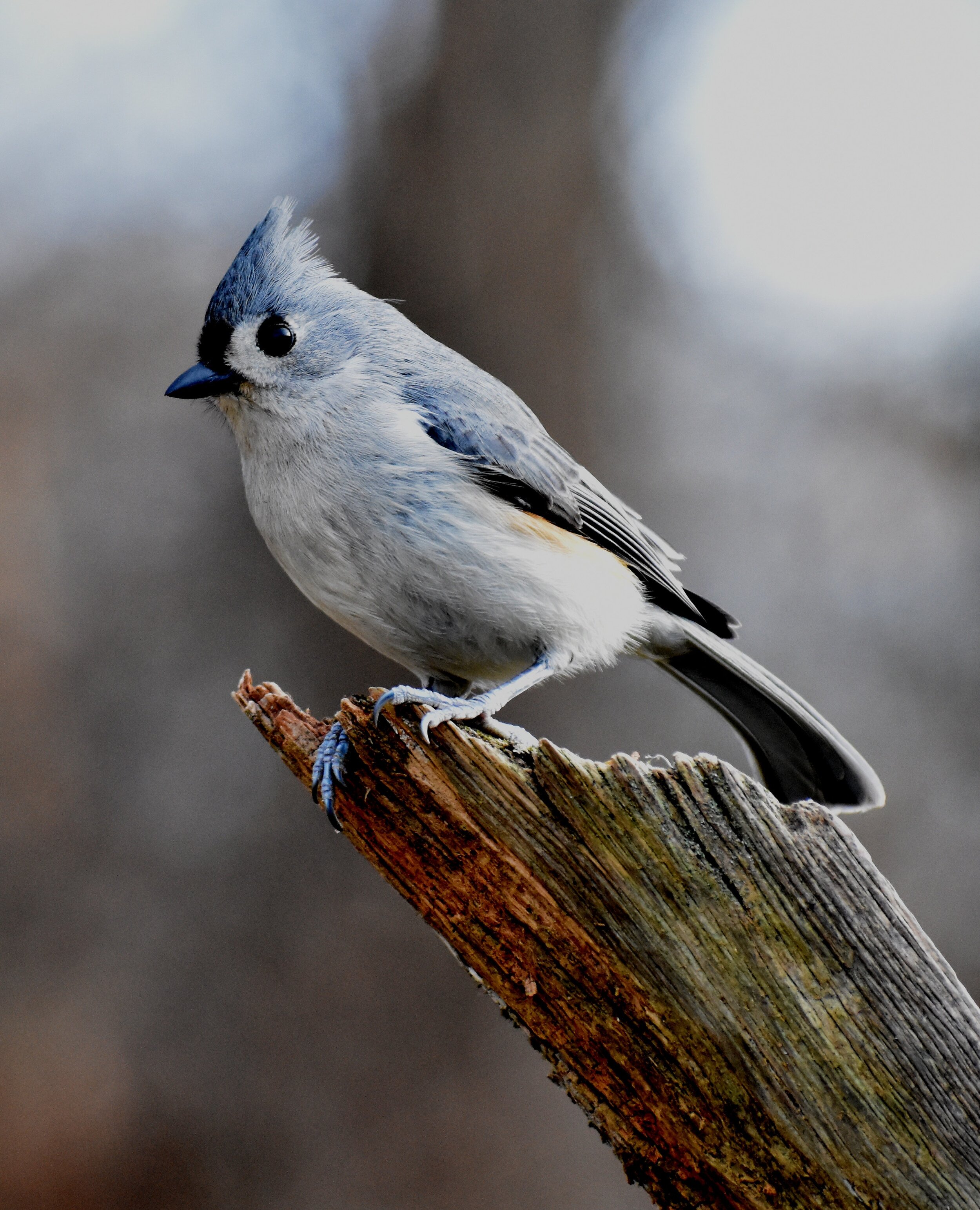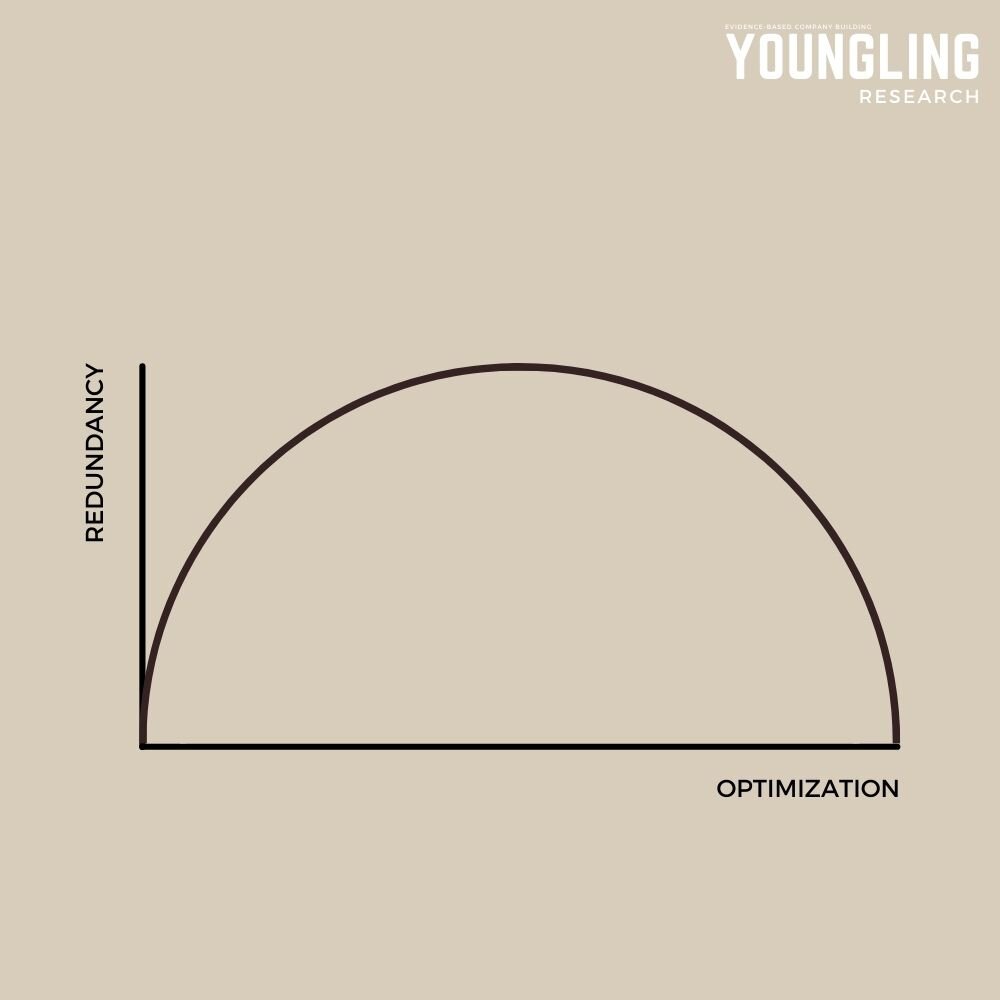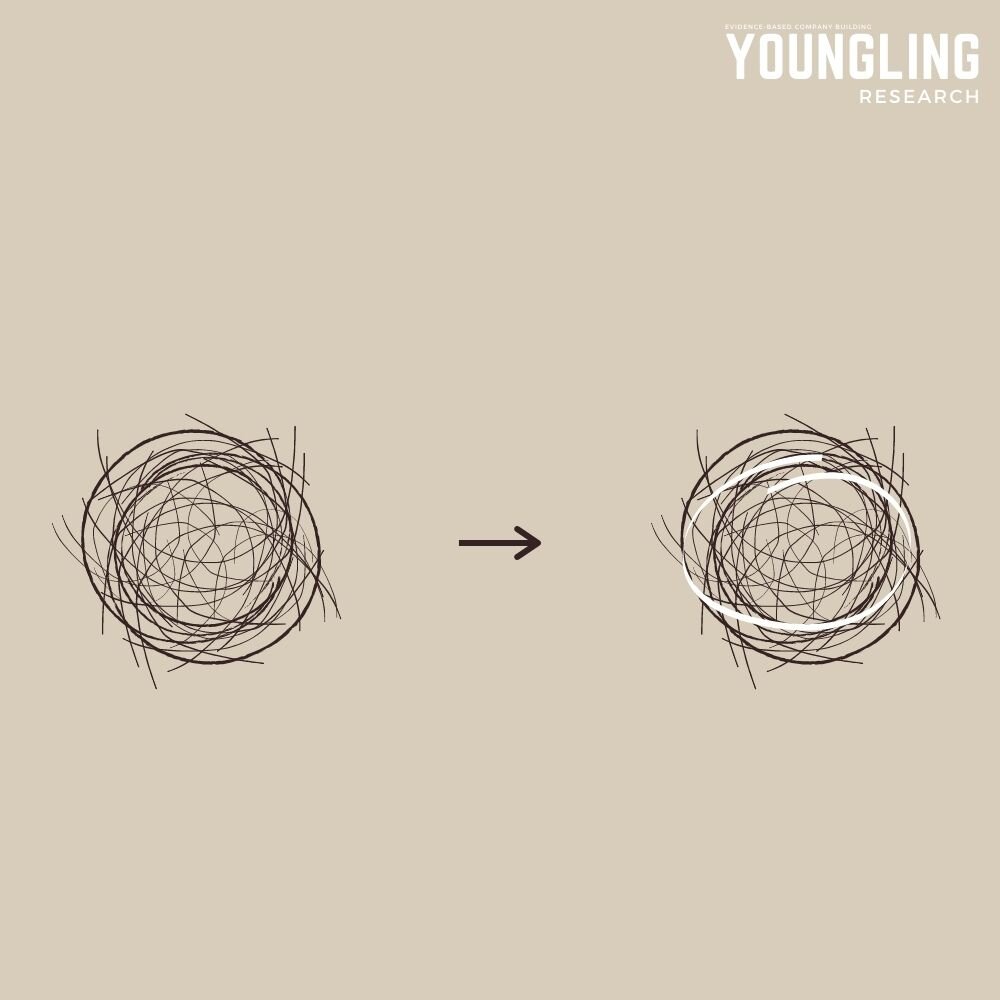Birds and Frogs

THE PROBLEM WITH OPTIMIZATION
The more you optimize a system, the more fragile it becomes. It’s one thing to optimize a system, by taking it to the extreme and then dial it back a few notches to reintroduce some faux-robustness. It’s a different matter entirely to purposefully leave the system somewhat chaotic.
Even though, in theory, there’s no difference. In practice there is.

What we often see is systems optimized within an inch of their lives due to the payoff structures (you get rewarded for short-term improvements more than long-term ones), and due to the quantification bias (people’s tendency to optimize that which is easily measurable over that which actually matters). Then when shit hits the fan (it’s always after disaster strikes, never in anticipation) you reintroduce some redundancy back into the system.
This is akin to building a skyscraper on a mediocre foundation and then try to fix all arising problems after it has already been built.
KIND VS. WICKED ENVIRONMENTS
In kind learning environments, the system is so predictable (the relation between input and output) that this approach can work.
But this probably isn’t the right way to think about it in a wicked environment where it’s harder to make accurate inferences because the relation between acquiring information (learning) and applying it (predictions) is often mismatched (Hogarth et. al., 2015).
I made this point before, but this is why entrepreneurial science and fields subject to the principles of human psychology shouldn’t model themselves after physics, which is subject to the laws of nature.

ORDER IN CHAOS
Instead, a better way is to think of it like this. You want to find some order within that chaotic system.
Think of evolution. Evolution has no brain. There’s no brilliant mastermind pulling the strings behind the scenes. It’s simply a chaotic system with “rules” that turn out to work really well; variation, inheritance, selection, time, and adaptation.
Now imagine how much worse it would be if there was a company, Natural Selection inc., in charge of evolution. The pointed-haired manager barking, “Make the numbers go up and to the right!” and the employees with their risk-averse, CYA, not my job, ideology. The tiniest perturbation and the entire house of cards would come crashing down.
Freeman Dyson (2009) understood this when he pointed out that not all mathematicians should be frogs (specialists; i.e. optimized), you need birds (generalists; i.e. chaotic) as well.
Some mathematicians are birds, others are frogs. Birds fly high in the air and survey broad vistas of mathematics out to the far horizon. They delight in concepts that unify our thinking and bring together diverse problems from different parts of the landscape. Frogs live in the mud below and see only the flowers that grow nearby. They delight in the details of particular objects, and solve problems one at a time. […]
Mathematics needs both birds and frogs. Mathematics is rich and beautiful because birds give it broad visions and frogs give it intricate details. Mathematics is both great art and important science, because it combines generality of concepts with depth of structures. It is stupid to claim that birds are better than frogs because they see farther, or that frogs are better than birds because they see deeper. The world of mathematics is both broad and deep, and we need birds and frogs working together to explore it.
REFERENCES
Dyson, F. (2009). Birds and Frogs. Notices Of The American Mathematical Society, 56(2), 212–223.
Hogarth, R. M., Lejarraga, T., & Soyer, E. (2015). The Two Settings of Kind and Wicked Learning Environments. Current Directions in Psychological Science, 24(5), 379–385. https://doi.org/10.1177/0963721415591878
If you enjoy this type of content, I write essays to help indie hackers the strategy so they know which tactics they should/shouldn't use.
Cheers,
RJY

At the point when your child will open up his fresh Squishmallow frogs out of the plastic new squishmallow toy that is all jazzy and sparkly